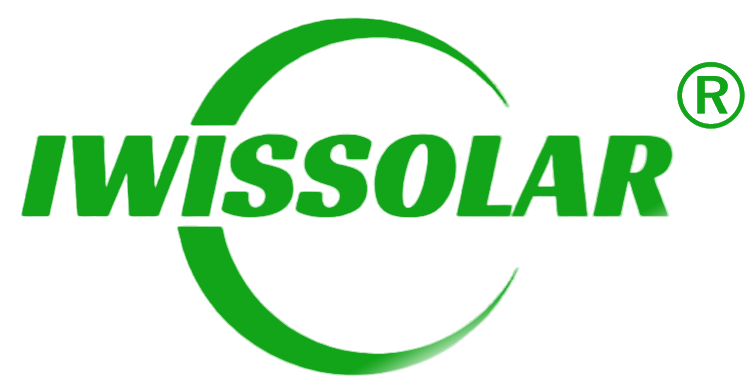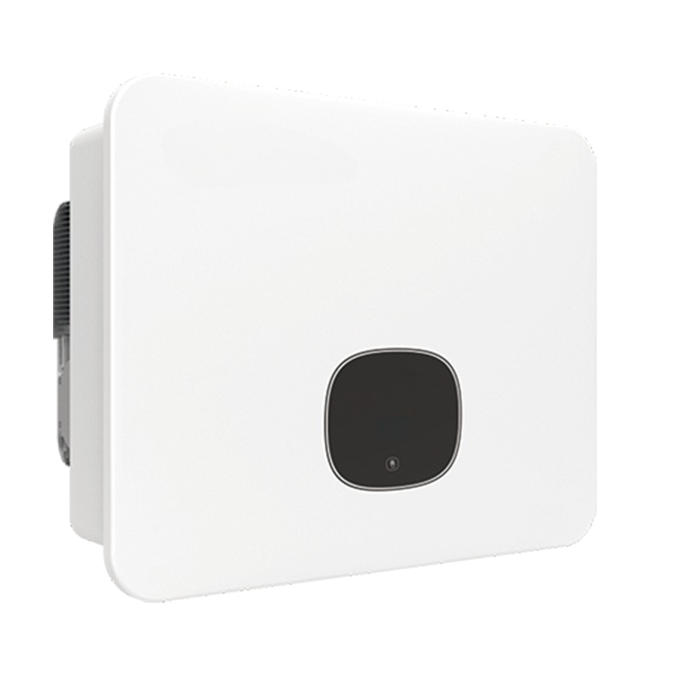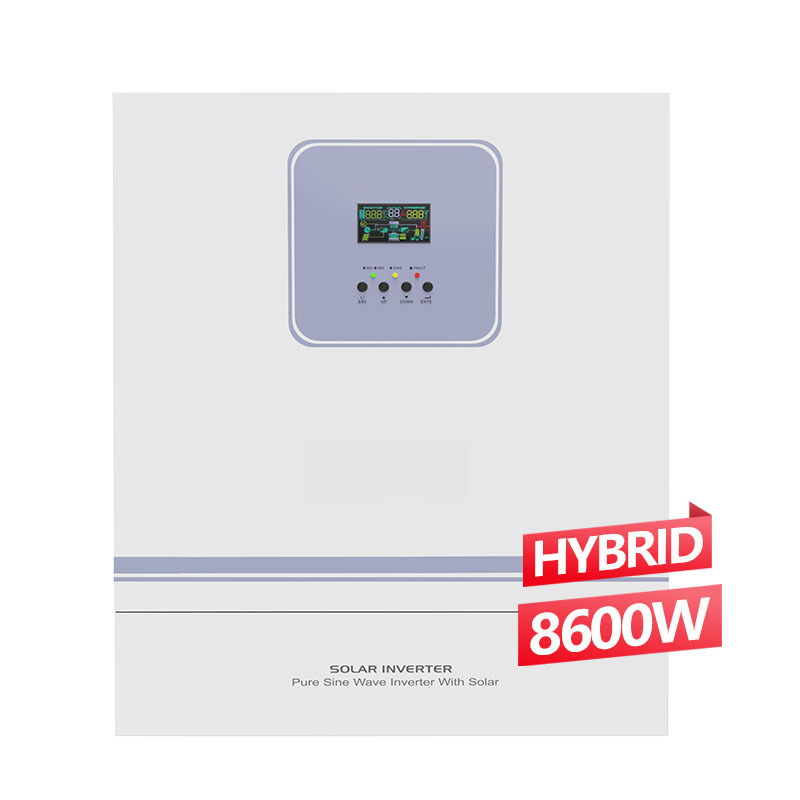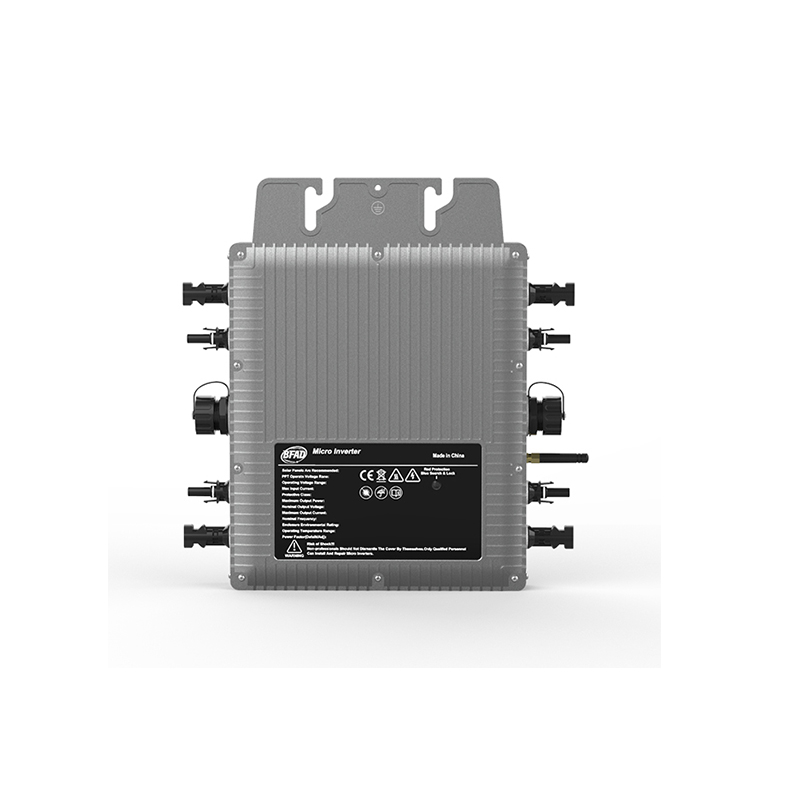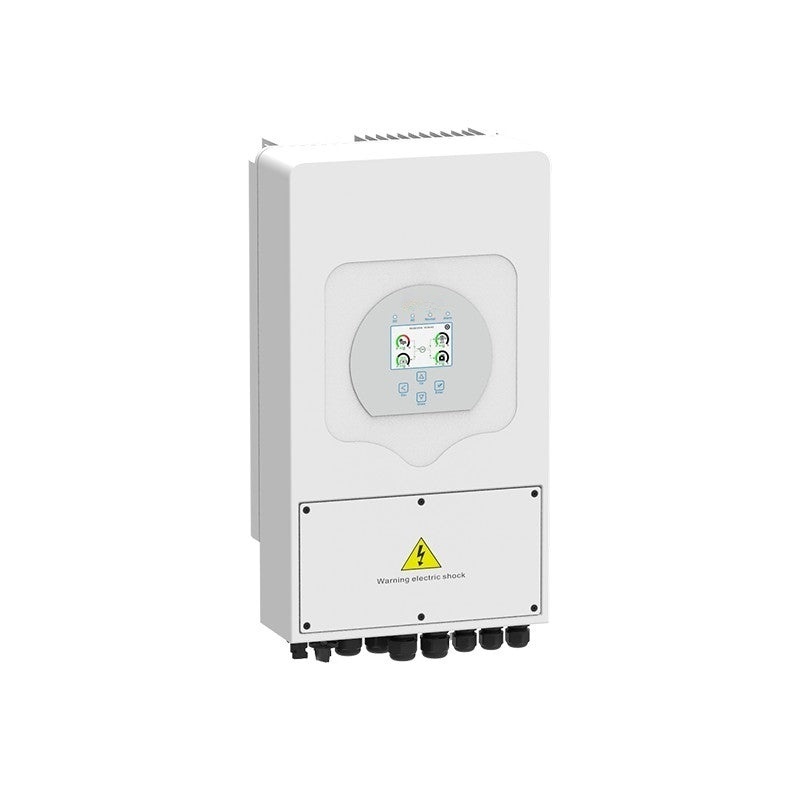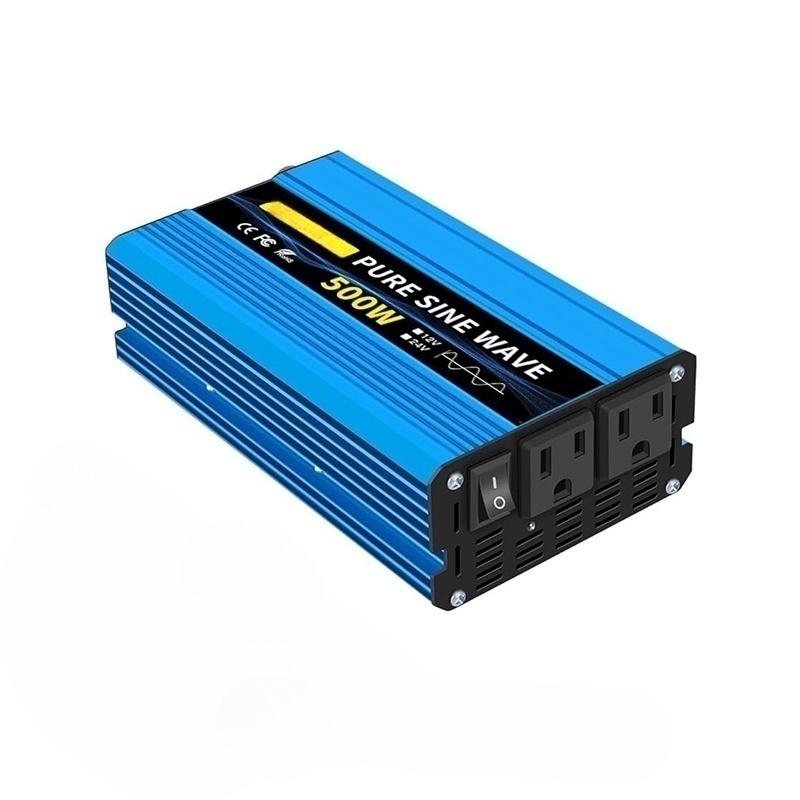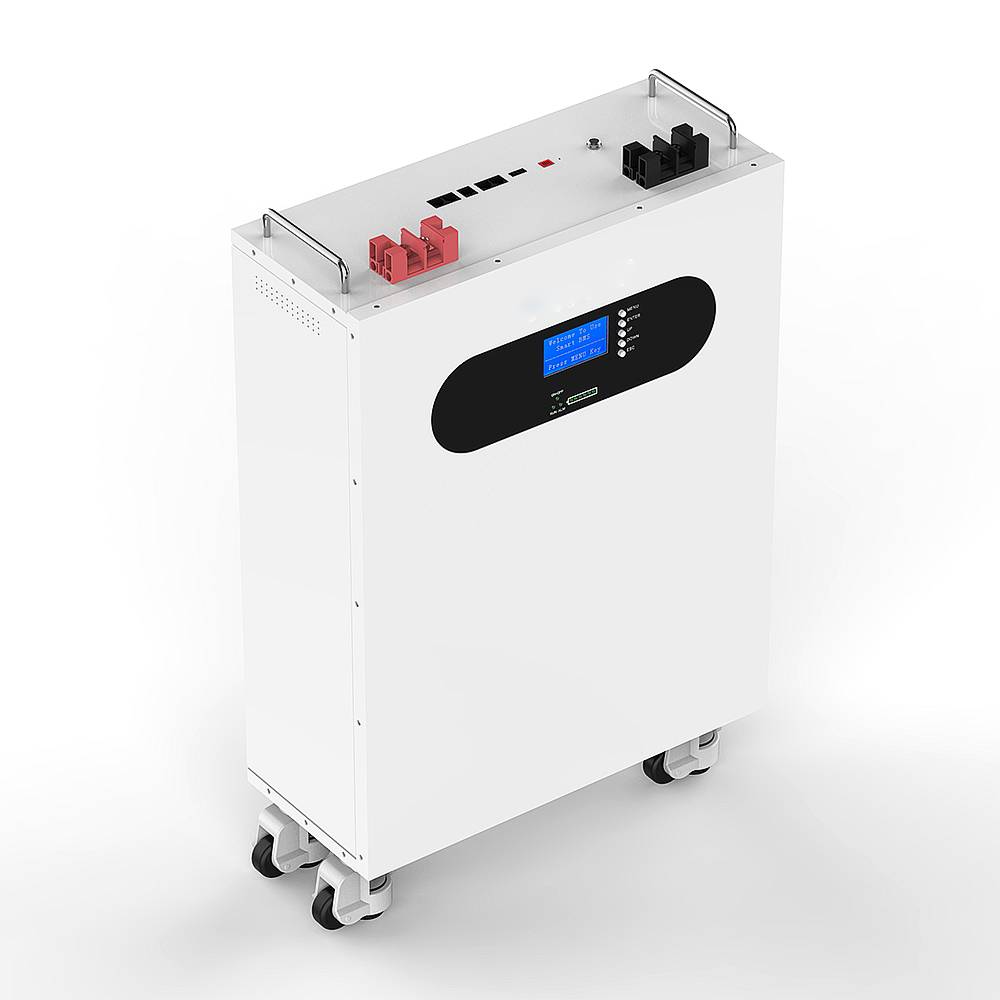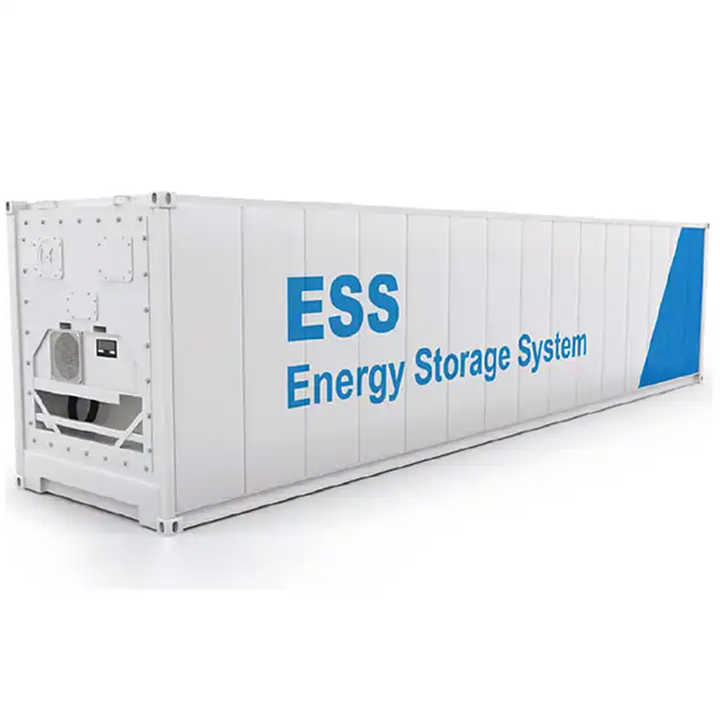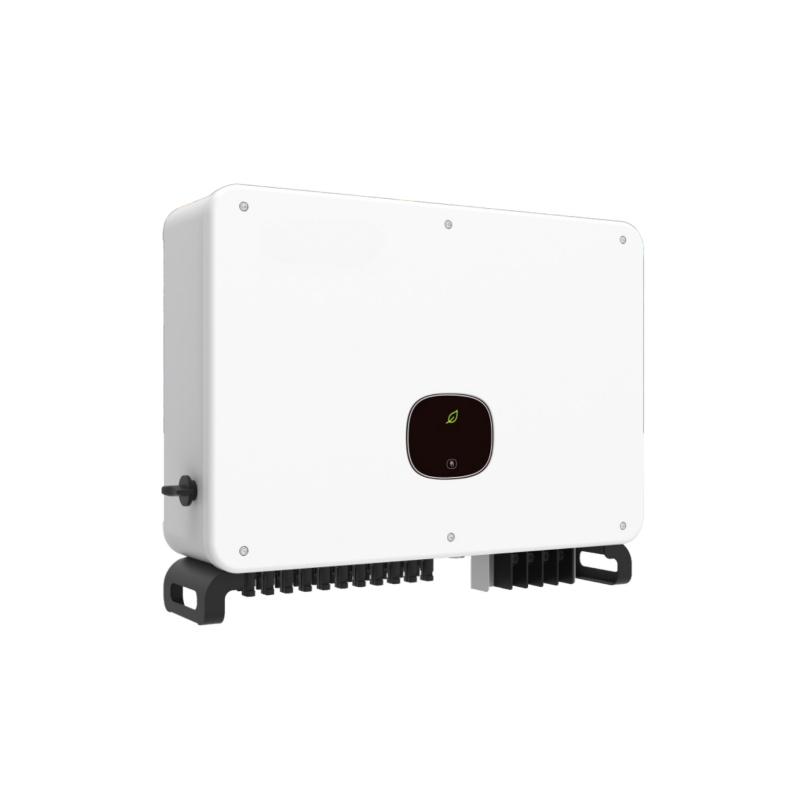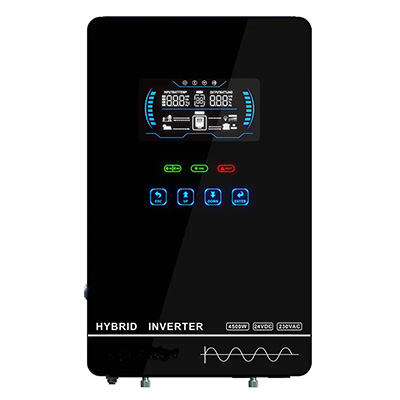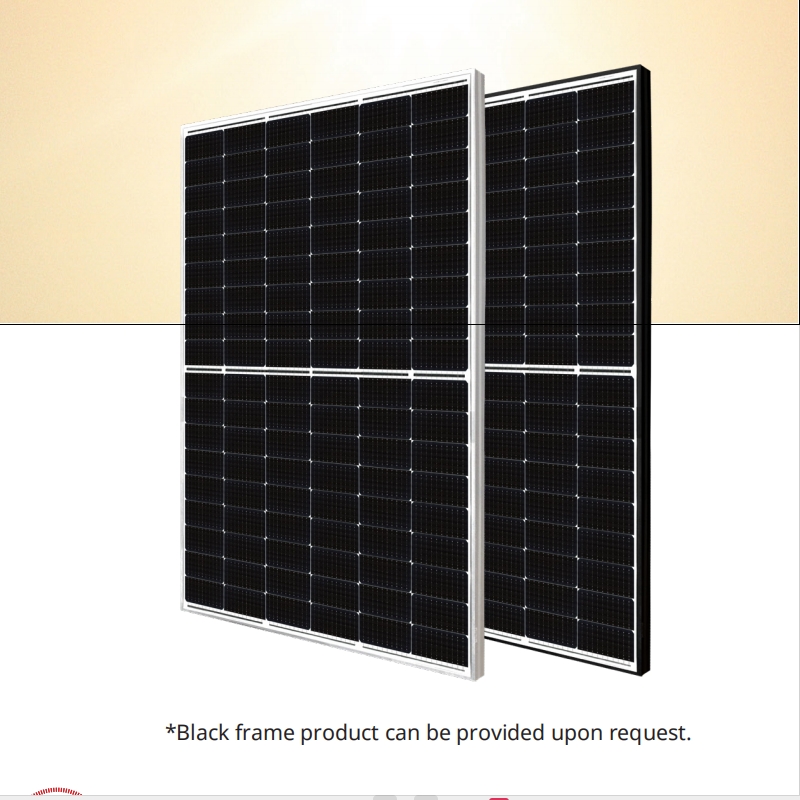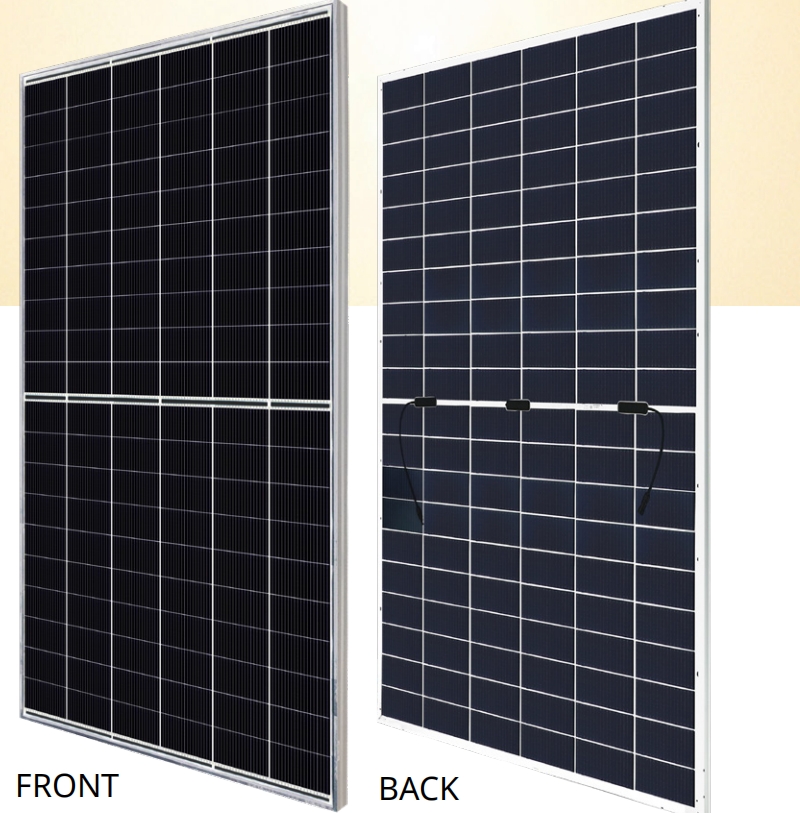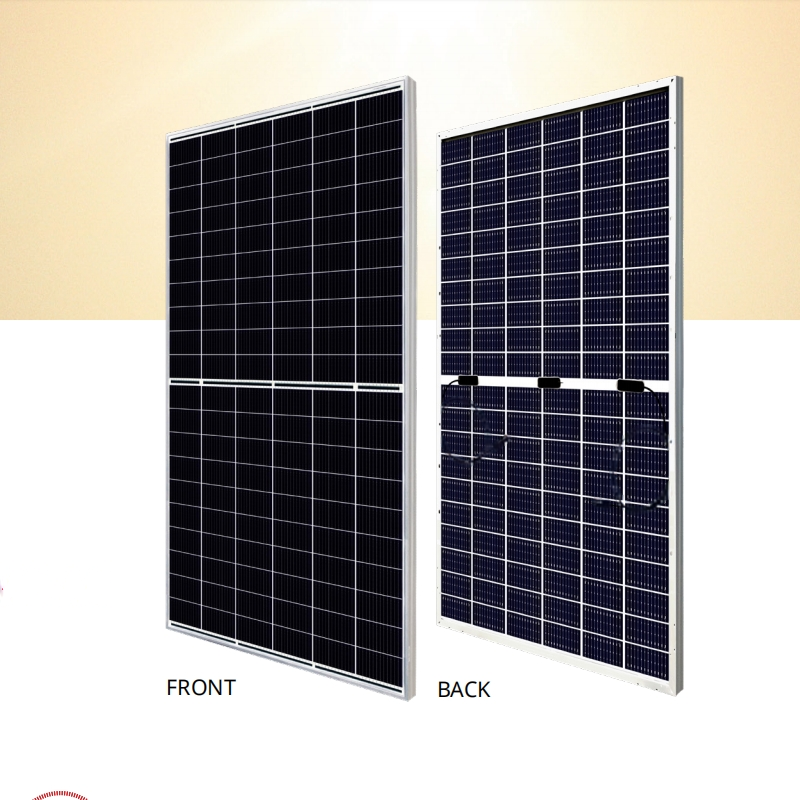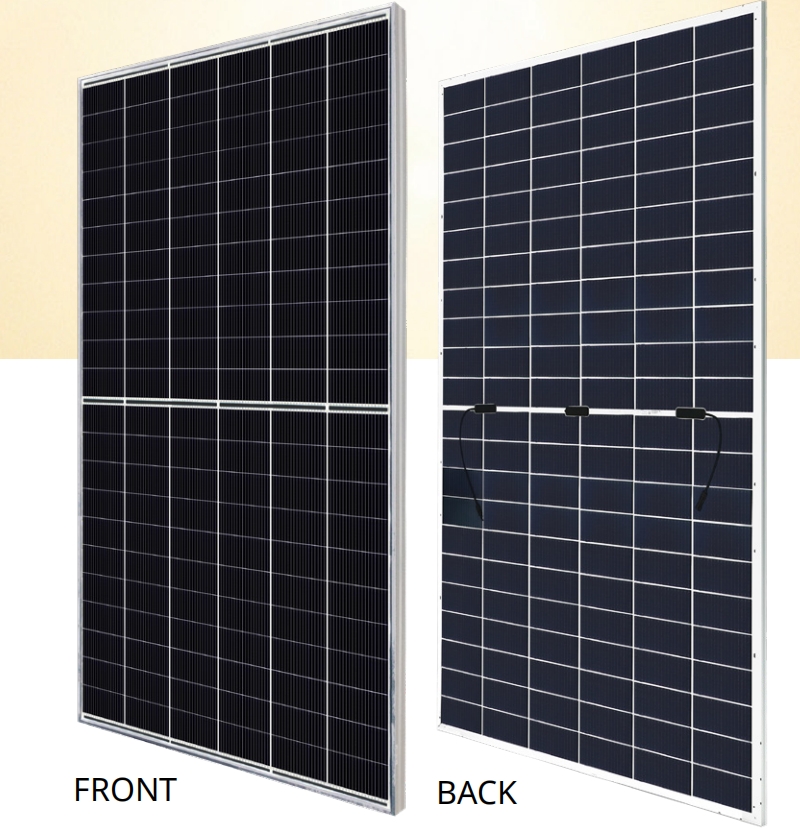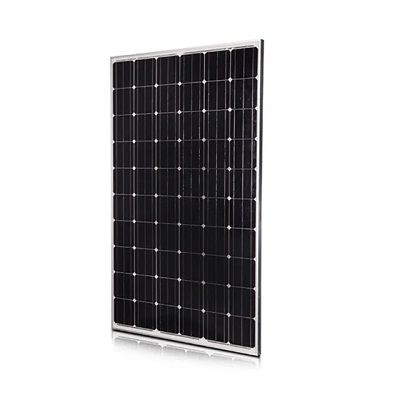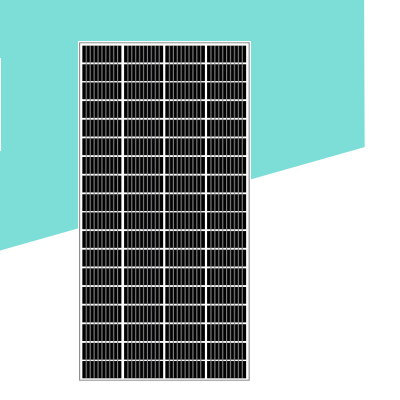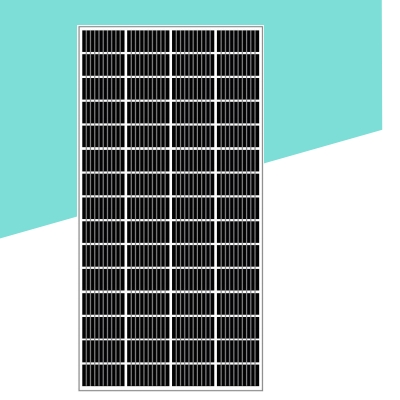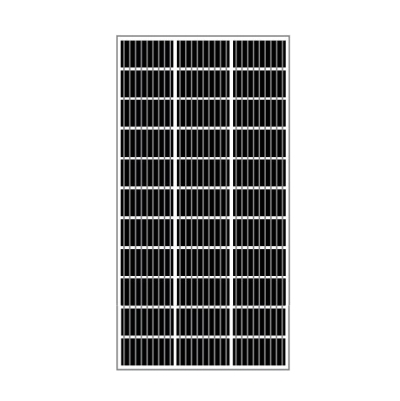Solar Inverter Manufacturers Reviews: Find the Best Fit
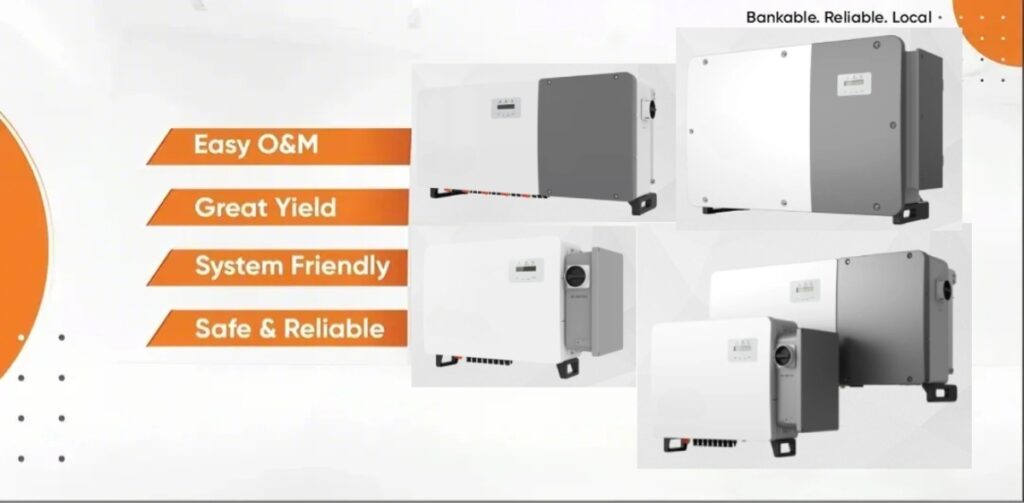
Welcome to your ultimate guide on solar inverter manufacturer reviews! If you’re diving into the world of solar energy, you’ve probably realized that picking the right solar inverter is one of the most critical decisions you’ll make. Why? Because this little box is the heart of your solar power system, transforming the direct current (DC) electricity your panels generate into the alternating current (AC) power your home or business actually uses. Get it wrong, and you could be stuck with an underperforming system—or worse, unexpected repair costs down the line. But don’t worry, we’re here to help you navigate the options, explore top manufacturers, and find the perfect fit for your needs. So, grab a coffee, settle in, and let’s explore the exciting world of solar inverters together!
Part 1. Iwis Solar Manufacturers in China
Custom Solar Products For Your Industries
Part 2.What’s a Solar Inverter, and Why Should You Care?
Before we jump into the juicy reviews, let’s get the basics down. A solar inverter is the unsung hero of your solar setup. Your solar panels soak up sunlight and produce DC electricity, but most of your appliances—like your fridge, TV, or air conditioner—run on AC power. The inverter bridges that gap, converting the energy so you can use it. Without a reliable inverter, all that clean solar energy would just sit there, useless.
But here’s the kicker: not all inverters are created equal. The right one can boost your system’s efficiency, extend its lifespan, and even save you money in the long run. Choose poorly, and you might face frequent breakdowns or lower energy output. That’s why picking a top-notch manufacturer matters—and we’re about to walk you through some of the best in the business.
Part 3. Types of Solar Inverters: What’s Right for You?
Before you start shopping, you need to know the three main types of solar inverters out there. Each has its strengths, and the best choice depends on your setup, budget, and goals.
String Inverters
Think of string inverters as the classic option. They’re the most common and budget-friendly choice, connecting a series (or “string”) of solar panels to a single inverter. The catch? If one panel in the string gets shaded—say, by a tree or chimney—the whole string’s output can dip. They’re ideal for straightforward installations with plenty of unshaded roof space.
Microinverters
Microinverters are the high-tech rebels. Instead of one central inverter, you get a tiny inverter for each solar panel. This setup means each panel works independently, so shading or dirt on one won’t drag down the rest. They’re pricier, but if your roof has shading issues or you want maximum performance, they’re worth every penny.
Power Optimizers
Power optimizers are the middle ground. They’re installed on each panel like microinverters but send the optimized DC power to a central string inverter. You get many of the benefits of microinverters—like better performance in shaded areas—at a slightly lower cost. It’s a smart compromise for many homeowners.
So, which type suits you? If your roof basks in full sun all day, a string inverter might do the trick. Got some shade or a complex roof? Microinverters or power optimizers could be your best bet. Now, let’s meet the manufacturers who make these magic boxes happen.
What Other Solar or Power Products You Want
Custom Solar Products For Your Industries
We provide custom solutions to all our customers and offer free consulting or samples that you can take advantage of.
Part 4. Top Solar Inverter Manufacturers Reviewed
Here’s where the fun begins! We’ve rounded up five of the biggest names in solar inverters—SMA, Fronius, Enphase, SolarEdge, and Huawei—and dug into what makes them tick. For each, we’ll cover their standout products, strengths, weaknesses, and what real customers are saying. Let’s dive in!
SMA Solar Technology: The Reliable Veteran
Who They Are: SMA, a German giant, has been in the solar game since the 1980s. They’re the old pros, known for building inverters that last.
What They Offer: For homeowners, the Sunny Boy series is a star. These string inverters boast efficiency ratings around 97-98%, meaning you’re squeezing nearly every drop of power from your panels. They come with a 10-year warranty (extendable to 20 years) and a slick monitoring system to track your system’s performance. Need something bigger? The Sunny Tripower line handles commercial and utility-scale projects with ease.
Pros: Customers rave about SMA’s durability. One user shared, “My Sunny Boy’s been running flawlessly for seven years—zero complaints!” The monitoring app gets high marks, too, letting you geek out over your energy stats in real-time.
Cons: SMA inverters tend to cost more than some competitors. If you’re on a tight budget, that might sting, though many argue the quality justifies the price.
Best For: You, if you want a proven, long-lasting inverter and don’t mind paying a bit extra for peace of mind.
Fronius International: Quality Meets Service
Who They Are: Another German powerhouse, Fronius is all about precision engineering and top-tier customer support.
What They Offer: The Fronius Primo is a residential favorite, with efficiency up to 97.9% and a sleek, lightweight design. For businesses, the Symo series delivers flexibility and power. Like SMA, Fronius offers a 10-year warranty, extendable with upgrades, and their monitoring platform is a breeze to use.
Pros: Users love the reliability and the service. “When I had a question, Fronius support was on it within hours,” one customer noted. The Primo’s quiet operation and high efficiency also win praise.
Cons: Some say installation can be trickier than with other brands, so you’ll want a skilled installer. Price-wise, they’re in the same premium ballpark as SMA.
Best For: You, if you value stellar customer service and a quiet, efficient inverter for your home or small business.
Enphase Energy: The Microinverter Maverick
Who They Are: Hailing from the U.S., Enphase is the king of microinverters, pushing the boundaries of panel-level performance.
What They Offer: The Enphase IQ series is their flagship line. These microinverters sit under each panel, delivering efficiency around 97% and a whopping 25-year warranty. Their Enlighten monitoring system lets you watch every panel’s output, which is a game-changer for troubleshooting.
Pros: “Shading? What shading?” one California homeowner quipped. Enphase shines in tricky conditions, and users adore the detailed monitoring. The long warranty screams confidence in their product.
Cons: Microinverters mean a higher upfront cost. If your roof’s wide open to the sun, you might not need this level of tech—and expense.
Best For: You, if your roof has shade, odd angles, or you just love cutting-edge tech with unmatched monitoring.
SolarEdge Technologies: The Optimizer Innovator
Who They Are: Based in Israel, SolarEdge blends power optimizers with string inverters for a winning combo.
What They Offer: Their system pairs panel-level Power Optimizers with a central SolarEdge Inverter. Efficiency hits 99% at the optimizer level and 97-98% at the inverter, and you get a 12-year inverter warranty (extendable) plus 25 years on the optimizers. The monitoring platform is another standout, giving you granular control.
Pros: “My system’s output jumped 15% with SolarEdge,” one user reported. The flexibility suits all kinds of roofs, and the long warranties are a big plus.
Cons: The dual-component setup (optimizers + inverter) can mean higher installation costs and complexity. Budget shoppers might look elsewhere.
Best For: You, if you want microinverter-like benefits without fully committing to the price tag.
Huawei Technologies: The Affordable Tech Titan
Who They Are: Yes, that Huawei. The Chinese tech giant has stormed the solar scene with competitive pricing and innovation.
What They Offer: The SUN2000 series covers residential and commercial needs, with efficiency up to 98.6%—among the highest out there. A 10-year warranty (extendable) and features like AI-powered arc fault detection set them apart. They’re also surprisingly affordable.
Pros: “I couldn’t believe the price for this performance,” one user said. The tech is cutting-edge, and the monitoring is robust.
Cons: Some worry about Huawei’s Chinese roots and potential data privacy issues. Customer service gets mixed reviews compared to SMA or Fronius.
Best For: You, if you’re after high efficiency and modern features without breaking the bank.
Part 5.Comparing Top Solar Inverter Manufacturers
To give you a head start, here’s an overview of some leading solar inverter manufacturers, based on their strengths and specialties. This comparison is drawn from general industry knowledge and does not rely on external sources.
SMA Solar Technology
- Origin: Germany
- Specialty: String inverters
- Strengths: Over 40 years of experience, renowned for durability and excellent customer support. Their Sunny Boy series is a residential favorite.
- Best For: Traditional rooftop systems with minimal shading.
Fronius
- Origin: Austria
- Specialty: String and hybrid inverters
- Strengths: Innovative designs with integrated monitoring (Solar.web platform). The Primo and Symo lines are highly efficient and user-friendly.
- Best For: Tech-savvy users seeking smart features.
Enphase Energy
- Origin: USA
- Specialty: Microinverters
- Strengths: Industry leader in microinverter technology, offering panel-level optimization and a 25-year warranty with the IQ series.
- Best For: Shaded roofs or complex layouts.
SolarEdge
- Origin: Israel
- Specialty: String inverters with power optimizers
- Strengths: Maximizes energy harvest with power optimizers and provides robust monitoring. The HD-Wave inverter is lightweight and efficient.
- Best For: Systems needing flexibility and high output.
Huawei
- Origin: China
- Specialty: String inverters
- Strengths: Competitive pricing, high efficiency, and smart features like AI-powered arc detection. Rapidly growing in residential and commercial markets.
- Best For: Budget-conscious buyers wanting modern technology.
How to Choose: Match the manufacturer to your needs. For instance, Enphase excels in microinverters, while SMA and Fronius dominate string inverters.
Part 6.Comparing Popular Models: Head-to-Head
Let’s put three residential string inverters under the microscope: the SMA Sunny Boy 5.0, Fronius Primo 5.0, and Huawei SUN2000-5KTL-USL0. How do they stack up?
- Efficiency: Huawei leads with 98.6%, followed by Fronius at 97.9%, and SMA at 97.5%. Every percentage point counts for max energy output!
- Warranty: All offer 10 years standard, extendable to 20 (SMA and Fronius) or varying terms (Huawei). Tie here.
- Price: Huawei’s the budget champ, Fronius sits in the middle, and SMA’s the priciest.
- Features: Huawei’s AI tech and rapid shutdown stand out. SMA and Fronius lean on proven reliability and monitoring.
- Customer Buzz: SMA and Fronius win for service; Huawei impresses on value.
Verdict: Want efficiency and tech? Huawei’s your pick. Prioritize reputation and support? Go SMA or Fronius.
Part 7.How to Choose the Best Solar Inverter for You
Ready to decide? Here’s what you should weigh:
- Efficiency: Higher ratings mean more usable power. Aim for 97% or above.
- Warranty: A 10-year minimum is standard—longer is better for your investment.
- Monitoring: Real-time tracking helps you spot issues fast. Look for user-friendly apps or platforms.
- Compatibility: Double-check it works with your panels and any battery plans.
- Customer Support: You’ll want help if things go wonky—read reviews on service quality.
Ask yourself: Does your roof have shade? Microinverters or optimizers might be worth it. Simple setup? A string inverter could save you cash. And don’t skip a pro installer—they’ll ensure everything’s wired right.
Part 8.Common Questions Answered
- How long do inverters last? Most run 10-15 years, though quality brands like Enphase stretch to 25 with microinverters.
- Can you DIY the install? Nope—leave it to the pros. It’s complex and safety-critical.
- What if it fails? A good warranty covers replacements; otherwise, you’re buying a new one.
- Maintenance? They’re low-maintenance—just keep them clean and ventilated.
Part 9.Final Thoughts: Your Perfect Inverter Awaits
Choosing a solar inverter doesn’t have to feel like rocket science. Whether you go with SMA’s rock-solid reliability, Enphase’s microinverter magic, or Huawei’s budget-friendly innovation, you’re taking a big step toward clean energy. Think about your roof, your budget, and what matters most—efficiency, support, or features. Chat with a solar pro, dig into more reviews, and trust your gut. With the right inverter, you’ll power your life with the sun for decades. So, what’s your next move? The perfect fit is out there—go find it!
Custom Solar Products For Your Industries
We provide custom solutions to all our customers and offer free consulting or samples that you can take advantage of.
